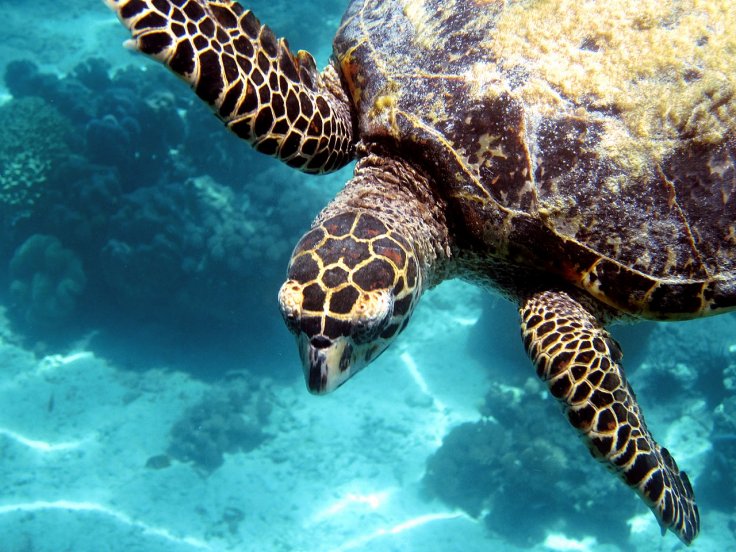Fossil research has unveiled new a turtle species that hints at intercontinental migrations, a new study published in the current issue of the online journal Palaeontologia Electronica has claimed.
A multi-institution research team, which is known for fossil crocodiles and dinosaurs, has described four extinct turtle species, including the oldest side-necked turtle in North America and a new river turtle named after Dr. Derek Main, a paleontologist from the Arlington Archosaur Site (AAS) of Texas. AAS, which was discovered by amateur fossil hunter Art Sahlstein in 2003, preserves remnants of an ancient Late Cretaceous river delta that once existed in the Dallas-Fort Worth area.

The researchers said that the new turtles exhibit a rare combination of native North American forms alongside Asian and Southern Hemisphere immigrants, which indicates extensive intercontinental migration of turtles during this time.
Dr. Heather Smith, one of the authors of the study, said: "Until this discovery, there were very few turtle fossils from this time period discovered in Appalachia."
Hints at three other intriguing new turtles
The lead author of the paper, Brent Adrian, said: "The AAS turtle assemblage informs a growing understanding of Appalachian ecosystems in the mid-Cretaceous, most of which were obscured by later erosion along coasts and extensive continental river drainages."
The study said that one of the news species of turtles dubbed "Trinitichelys" maini is a baenid turtle. These medium-sized turtle have an extinct lineage of aquatic North American turtles that persisted from the Early Cretaceous through the Eocene. "Trinitichelys" maini, which is the oldest member of the group found in the eastern North American subcontinent of Appalachia, had heavily fused bones and shells, and occupied freshwater river habitats.
Apart from T. maini, the research also discussed three other intriguing new turtles from the AAS, including the oldest side-necked (pleurodire) turtle, soft-shelled turtle (trionychid) and a large semi-aquatic turtle called 'Naomichelys sp.' Though the side-necked turtles originated in the Southern Hemisphere, they have been found in North America for the first time.
The researchers said that the early soft-shelled turtle (trionychid) belongs to a lineage that immigrated from Asia, while the Naomichelys sp. that has a mix of unusual traits with tubercles (raised bumps) on its shell is typically found in much older rocks.









